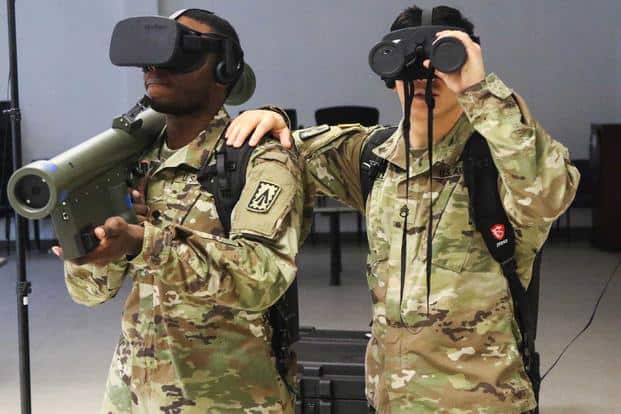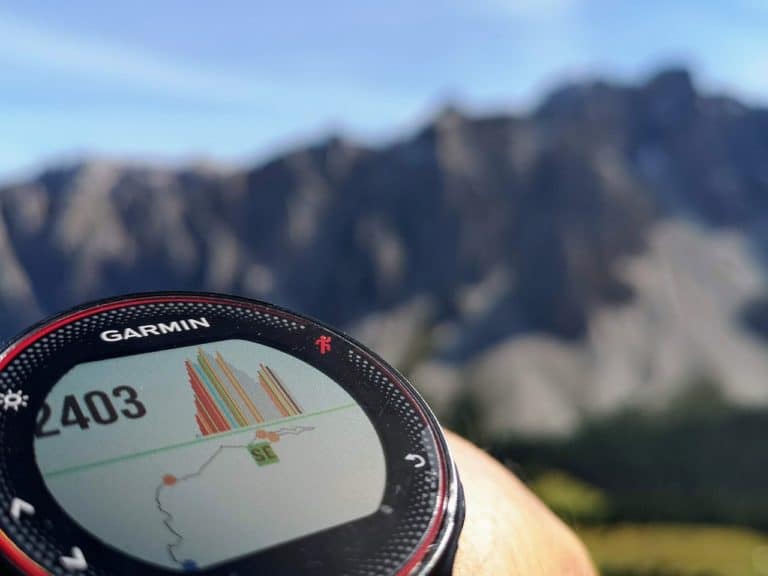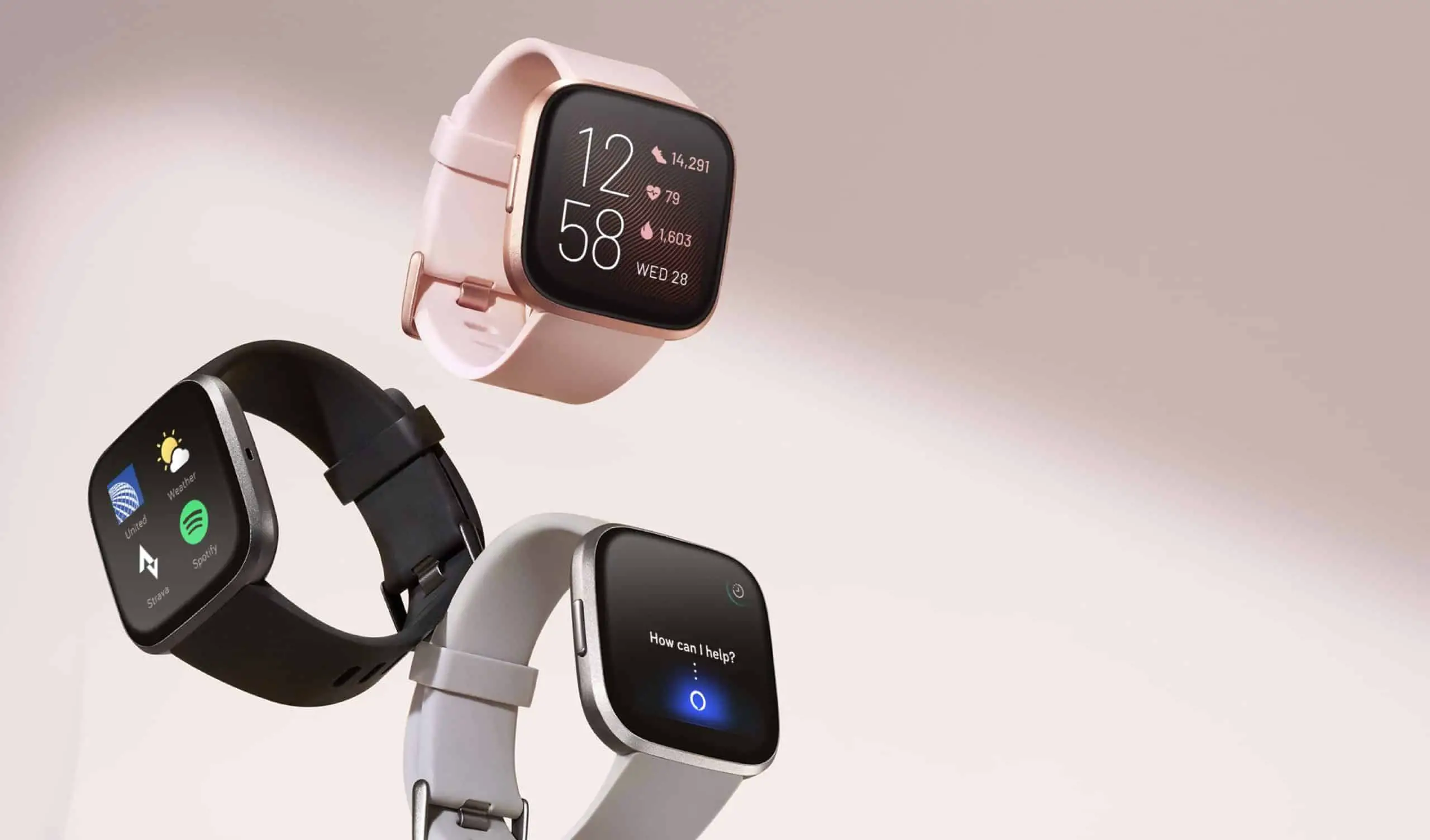It might be tough to learn the skills required for some jobs. Playing golf is a great way to get started if you want to become a professional golfer. To succeed as a professional, you’ll need to be confident even before your first encounter with a lion! Military training is no different and the use of Virtual Reality in military training presents an interesting opportunity.
The sensation of being fired at and making life-or-death choices in no time cannot be replicated by any simulation or technology, no matter how realistic. Fortunately, technological advances are reshaping military training, making it more accessible, adaptable, and realistic.
Virtual reality utilizes to help in the training of soldiers. VR technology is becoming more accessible, more precise, and more realistic. It may help for many training situations, from mission rehearsals to live-fire drills. Consequently, warriors may put their concentration, reaction time, and memory to the test.
However, there’s nothing like participating in actual combat to learn sophisticated military strategy. It’s a different experience when you’re rushing for cover while your teammates are firing suppressive fire.
How Virtual Reality Is Used in Military Training?
1. Situational Awareness
Training military troops in high-pressure, hazardous, and varied circumstances in a risk-free environment is a huge benefit of virtual reality training. It may help people improve their fighting and decision-making abilities in response to many cases and their tactical and strategic thinking.
2. Activity-Based Training
The use of haptic technology in VR training makes it ideal for activities like weapon handling and the practice of potentially life-threatening actions like parachute jumps. For those who have never worked in military equipment situations like submarines or tanks, it could help them to adapt to the tight conditions.
3. Unit Training
Military forces must be able to depend on each other to operate. Using virtual reality (VR) training allows teams to practice working together, which may help them better understand how their actions affect their coworkers and how to work more successfully together in the future.
4. An Effective Response To Technological Changes
As we shift from the industrial to the digital era, the defense industry will confront substantial challenges. Virtual reality (VR) training technologies allow military personnel to prepare for the difficulties posed by technological advancements in their daily work environments, which are shifting from hardware-based to data-based defense methods.
5. The Potential To Scale Up Training
If you need a massive workforce to teach at a high level, the ability to roll out practical training at scale is essential. To make matters even better for military personnel, it provides a low-cost solution to assure uniformity in training while also providing a means to track and assess the progress of individuals.
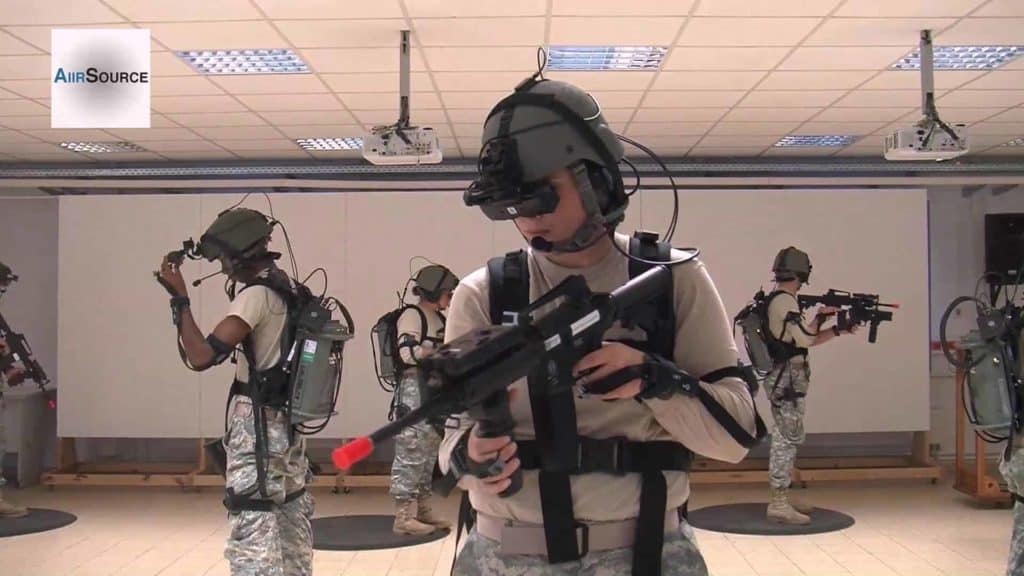
Military Applications For VR Training
As with every “competition,” the arms race is a terrible “race” that is won by those who have the most sophisticated technology. The Military is constantly at the forefront of technological breakthroughs. When one nation develops a new weapon, the rest of the world scrambles to keep up.
As the virtual reality business ascended yet another mountain, the Military continued to develop new methods of using VR technology in the training of soldiers. For example, these examples are only a tiny sliver of what virtual reality can do for the Military.
1. Advanced Ground Vehicle Simulators
A new generation of virtual reality ground vehicle simulators puts troops in the driver’s seat of any vehicle, allowing them to get a more realistic feel for the vehicle’s controls and performance.
Military-style VR vehicle simulators were developed by a team of scientists and are capable of re-creating the vehicle’s shape and feel, its mobility on diverse terrain types, and its behavior under varied weather conditions.
Soldiers also can traverse any terrain, even those found in recreated communities from anywhere around the globe. Whatever sort of vehicle may be simulated and virtual reality applications can be developed for any duty a soldier would perform in that vehicle. Even the slightest elements may be modeled, from spy tanks to non-line of sight (NLOS) mortars.
Add some complicated games with war or small-scale conflict situations, and a VR-powered simulator like that becomes an essential aspect of military training. Specific grounds and ongoing upkeep will be unnecessary.
The price is a question. Although the cost may exceed $800,000, it is far less costly than purchasing an actual tank, which can cost upwards of $1 million. In addition, virtual reality training is much safer than driving a real car.
Because you can do it more regularly, sim training is also more efficient than field vehicle training in terms of time and money.
2. VR Boot Camp Experience
Military training has been tremendously affected by the gaming industry. As video games gained in popularity, the Military began to use them as a training tool for its troops, many of whom had grown up with them.
Many methods and strategies that may use in real-life combat situations can be learned from the early military games, even if they were played on conventional consoles. These “games,” however, have been elevated to a new plane due to the work of VR creators.
VR-equipped bases and training facilities grew up like mushrooms within months or weeks. CAVE systems, motion trackers, and real-world gear like vests and firearms are among the many VR tools they use.
The expense of building such a facility is high, but it pays off in the long run since troops can switch up their training fast and within a limited area. Virtual reality with real-world training courses would be the best combination.
No one in the Military sees virtual reality as a complete substitute for real-world training or combat. When used in conjunction with more conventional training methods, it may assist the military to enhance the pace and adaptability of its troops’ training.
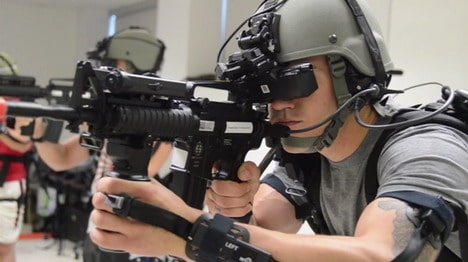
3. Medical Training
Armed forces doctors often operate in hazardous conditions that put their own lives in jeopardy.
It was almost hard to educate medical staff in war-like settings before the advent of virtual reality (VR). However, you may now practice life-saving procedures by simulating battle situations in virtual reality.
A virtual reality simulation like this has been developed by academics and scientists in the United Kingdom. Virtual reality (VR) headsets are then placed on top of a trainee’s artificial arms and placed on the floor, allowing him to immerse himself in a simulated military evacuation situation.
This virtual reality (VR) system enables medical personnel to practice many abilities while surrounded by the sounds of a helicopter and gunfire. Medical professionals may test regularly using virtual reality apps to keep their abilities sharp.
In the event of an armed conflict, for example, it may be necessary to train medical personnel in an emergency. However, any specialist’s talents might become “rusty” if they aren’t used regularly. Medical professionals may now test and their virtual reality training scheduled according to the findings.
It is possible to assess muscle performance (speed, distance, accuracy, etc.) and the rate at which a person’s abilities degrade over time by putting them through a VR simulation of fundamental surgical procedures.
4. PTSD Recovering Therapy
Therapy for post-traumatic stress disorder, or PTSD, is an essential part of the recovery process for many troops who have been in war and combat. It may lead to unsettling thoughts and recurring nightmares about the occurrence, which may potentially lead to self-harm or suicide intents.
Soldiers suffering from post-traumatic stress disorder (PTSD) might benefit from many treatments. Virtual reality (VR) apps have also lately come to the rescue.
There is another technique to cope with PTSD outside traditional therapy. The soldier’s mental condition was greatly impacted by his or her experiences in virtual reality.
5. Virtual Battlefields
Many of the real-life military training kinds have some element of danger, which is unfortunate. There are still tragic mishaps, whether it’s parachute jumping or heavy artillery operations.
On the other hand, VR allows troops to be put in a risk-free environment where they may safely practice combat maneuvers without fear of injury.
In addition to a portable battery, a virtual reality headset, and real-world weapons, players may simulate many combat situations with an AI or their colleagues.
It is also possible to utilize the same equipment for many combat operations and settings using virtual reality apps since they are readily adaptable. Thus, you may save a lot of money on training and obtain the same high-quality outcomes.
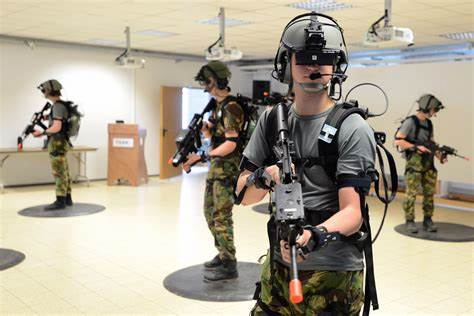
6. Virtual Naval Ships
Virtual reality (VR) training helps navy institutions around the world to familiarize ship sailors with complex technologies.
The Royal Navy uses VR for orientation training. Before boarding Queen Elizabeth Class (QEC) aircraft carriers, staff may familiarize themselves with the ship’s layout, including the placement of safety equipment and escape routes. It also assesses how the user responds to emergencies, such as dealing with casualties, fire, and leakage of hired pressure.
The Future of Virtual Reality in Military training?
As for the future, we may anticipate that virtual reality (VR) will use in many contexts. In addition, its existing applications will expand across the Military and the world at large.
Of course, resolutions and graphical quality will continue to rise in the next years. Similarly, headsets will be able to operate ‘untethered’ thanks to inside-out tracking. They’ll grow smaller and better at tracking our limbs as we move. Finally, they may use to create a wide range of more active training situations.
On the other hand, the Military is just a matter of time until it incorporates this technology into its arsenal. Using ECGs, for example, one may discover whether or not certain brain regions are being activated.
Coaches may monitor how their team responds to obstacles and help them stay calmer and more aware by using this biofeedback during combat training. Combat scenarios need a notion known as “unit cohesiveness,” which is difficult to define yet critical to military success.
Finally, virtual reality training may be especially relevant for a new kind of soldier: those who fly automatic drones and other vehicles. All of their combat will conduct remotely through virtual reality. What kind of education would be most appropriate? This level of control will only become more accessible in the future as VR technology advances.
Bottom Line:
Virtual reality (VR) is presently playing an essential part in military training. As a result, we’ve merely scratched the surface. This technique may not work in the commercial arena, but the potential uses of Virtual Reality extend well beyond that. It will transform the way we do business, engage with our friends, train our athletes and enjoy ourselves. That’s not all; it has the potential to fundamentally alter how we conduct war.

